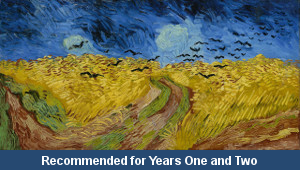Lesson One – Word Match

This English teaching pack for Key Stage One gets the children to play games to identify and match words that are homophones with different spellings and meanings but the same pronunciation sounds.
The class can practise using some of the matched homophones to describe journeys that they can make by bus to different locations.
Download this teaching pack including a lesson plan, classroom activities and an interactive presentation to teach the children to play games to identify and match words that are homophones with different spellings and meanings but the same pronunciation sounds
Activities in this teaching pack include a shared reading text to identify and describe how to write an explanation to illustrate how and why something happens, worksheets to play games to identify and match words that are homophones with different spellings and meanings but the same sounds and a set of cards to pair words that are homophones.
The interactive presentation gets the children to explore how to identify and match words that are homophones with different spellings and meanings but the same sounds.
This lesson is part of an English scheme of work to get the children to read and compare explanations with fictional stories about how and why families can make different journeys by bus. There are teaching activities for shared learning, differentiated worksheets to support independent learning and interactive presentations to introduce concepts and key skills.
-

Van Gogh
Investigate and replicate the work and painting style of a famous artist from the past by producing a matching landscape of the school building
-

Harbour Labels
Practise structuring and formatting different word processed documents to describe a range of ships and boats seen in a harbour
-

Islam
Explore and illustrate some of the different stories, beliefs and practices of the Islamic religion including special festivals and sacred texts
-

Farm Prints
Practise and demonstrate different techniques when printing a range of shapes and patterns that can reflect themes and ideas related to farming
